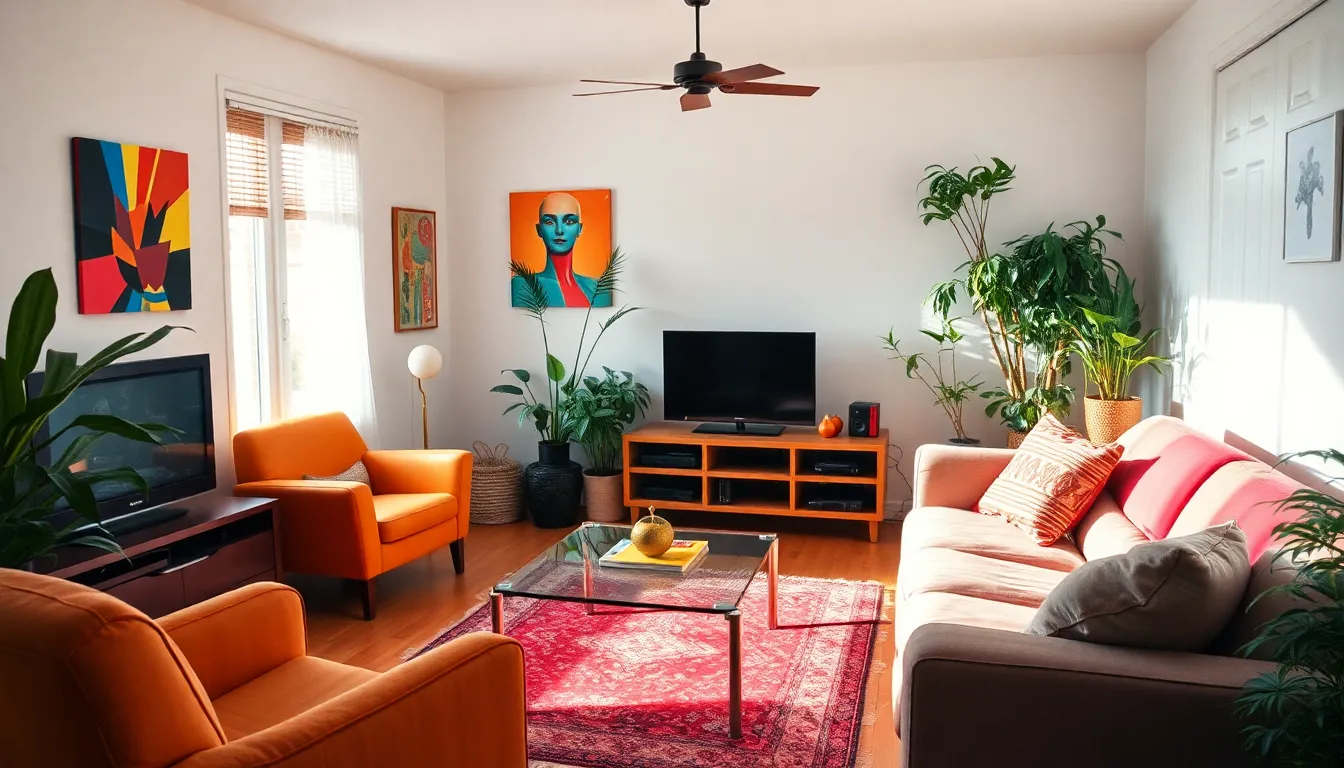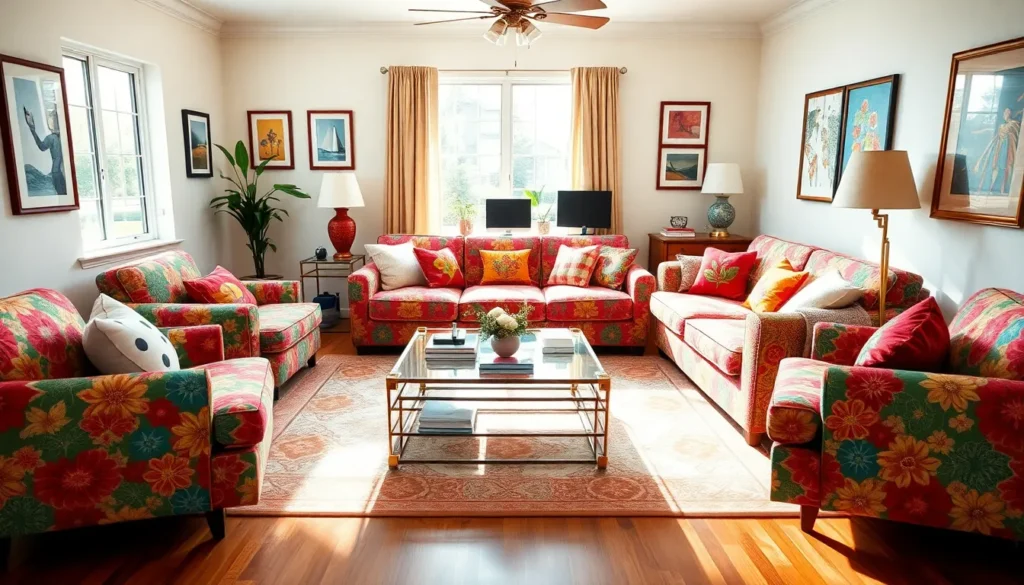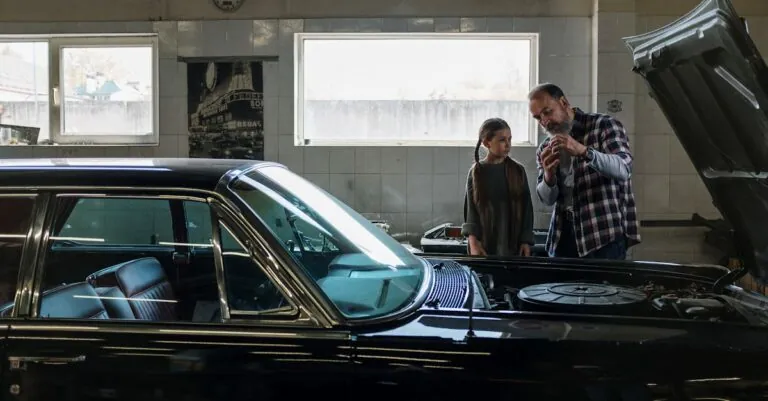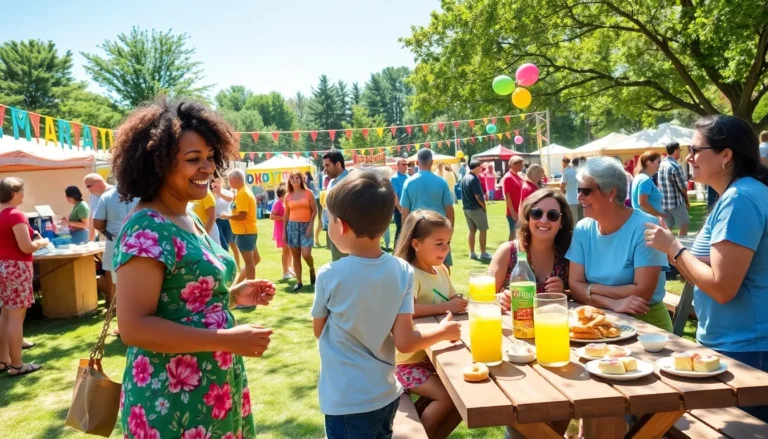Table of Contents
TogglePicture it: the 1990s, a decade where grunge met glam and flannel was as common as floral wallpaper. The home interiors catalog from this era offers a humorous yet stylish peek into a time when decorating trends seemed tied to the whims of pop culture. From vibrant colors to bold patterns, the 90s was a time of expressive freedom in home design. Buckle up as we jump into the unmistakable charm, quirky styles, and perhaps some questionable choices that defined home interiors in the 1990s.
The Cultural Context of 1990s Home Interiors

As the world braced for the millennium, the 1990s were a colorful tapestry of cultural shifts. People were enamored with themes ranging from minimalism to abundance. It wasn’t unusual for one house to feature both sleek Scandinavian designs alongside everything-must-go flea market finds. The influence of television shows like “Friends” and “Home Improvement” permeated daily life, showcasing little pockets of what domestic bliss could look like. Homestyle became a reflection of the desire for individuality and expression.
During this time, technology began entering homes at an unprecedented pace. From the debut of the internet to the rise of video game consoles, the home was not just a place to live: it was becoming an entertainment hub. This shift led to interesting design choices, as families built game rooms and home theaters right beside traditional dining rooms and living spaces.
The cultural landscape was also changing. The 90s saw a growing awareness of environmental issues, which trickled into design with a focus on natural materials and greenery. Houseplants began their comeback, paving the way for a more earthy vibe and integrating elements of nature into everyday life.
Popular Styles and Trends
A deep jump into 1990s homes would reveal an eclectic mix of styles that any design aficionado would appreciate.
Key Elements in 1990s Home Decor
The hallmark features of 90s interiors often incorporated bold geometric prints, oversized furniture, and an abundance of textiles. Long gone were the refined elegance of the 80s. Instead, thick sofas and armchairs burst with vibrant fabrics while throw pillows multiplied like rabbits on a spring day. Homes were oversized and cozy, designed for relaxation and socializing.
Colors and Patterns
Color played a crucial role in defining the design aesthetic of the era. Earth tones ruled for a while, making way for funky jewel tones and bright pastels by the end of the decade. Patterns were everywhere, from floral to plaid, all vying for attention. If a room wasn’t loud, vibrant, and unexpected, then it wasn’t truly 90s.
Furniture Trends
Regional styles showcased a unique mix of influences as well. From the simple lines of contemporary furniture to the ornate details in French Country, a furniture shopper could find nearly any piece that struck their fancy. The rise in popularity of pine furniture offered a rustic charm that saw everything from lofts to suburban homes embrace a warm, inviting atmosphere. Amid this eclectic furniture world, sleek lines and minimalist designs made their mark in consumer consciousness, providing a juxtaposition to the more traditional looks.
Decorative Accessories
No home would be complete without the charm of decorative accessories that brought everything together.
Iconic Brands and Products
The 90s were a golden era for home accessories, with brands like Pier 1 Imports and Crate & Barrel stepping into the spotlight. Whimsical designs and strong branding meant that buyers could easily find that perfect set of dishes or matching mirror to elevate their space. Popular items included decorative pillows featuring bold stripes, wicker furniture that hinted at a breezy vacation feel, and artfully arranged fake flowers that brought color into homes without the hassle of upkeep.
Influential Designers of the Era
The design scene blossomed during these years, featuring influential names like Martha Stewart, who championed well-curated, homely vibes. Stewart’s focus on domesticity inspired many, resulting in a generation attempting to create the ideal lifestyle through decor. Then, there were designers like Jonathan Adler who introduced playful, modern touches that encouraged people to rethink their living spaces.
The Impact of Technology on Home Interiors
The 1990s witnessed a significant wave of technological innovation that dramatically altered how interiors were conceptualized and executed. As home computers became staple items in households, home offices began to emerge in previously unused spaces. Suddenly, the dining room didn’t just serve meals: it became a hub for late-night coding and digital creativity.
Apart from this, the introduction of multi-functional furniture became essential, accommodating the shifting dynamics of living spaces. People were then opting for sofas that folded out into beds and tables that could extend to fit more than just the 2.5 kids.
The growth of the internet also spurred a rise in DIY projects. These became more accessible, with people turning to online sources for inspiration, tutorials, and materials. In fact, sites listing how to do anything from faux finishing to furniture restoration became popular, with many finding a new creative outlet right in their living rooms.
Nostalgia and Its Influence on Modern Design
Fast forward to today, and it’s hard to ignore the 90s revival impacting modern interior design trends. The nostalgia for bright patterns and funky textures is palpable in contemporary homes. Today’s designers are often revisiting the eclectic vibes of the past, mixing retro styles with modern sensibilities.
Current trends show that bold colors and unique patterns are making a comeback. Think bright cushions on minimalist sofas, or thrifted art pieces infused with a sense of history. Homeowners are embracing the fun, informal aspects of the 90s, merging old-school retro with current clean lines.





